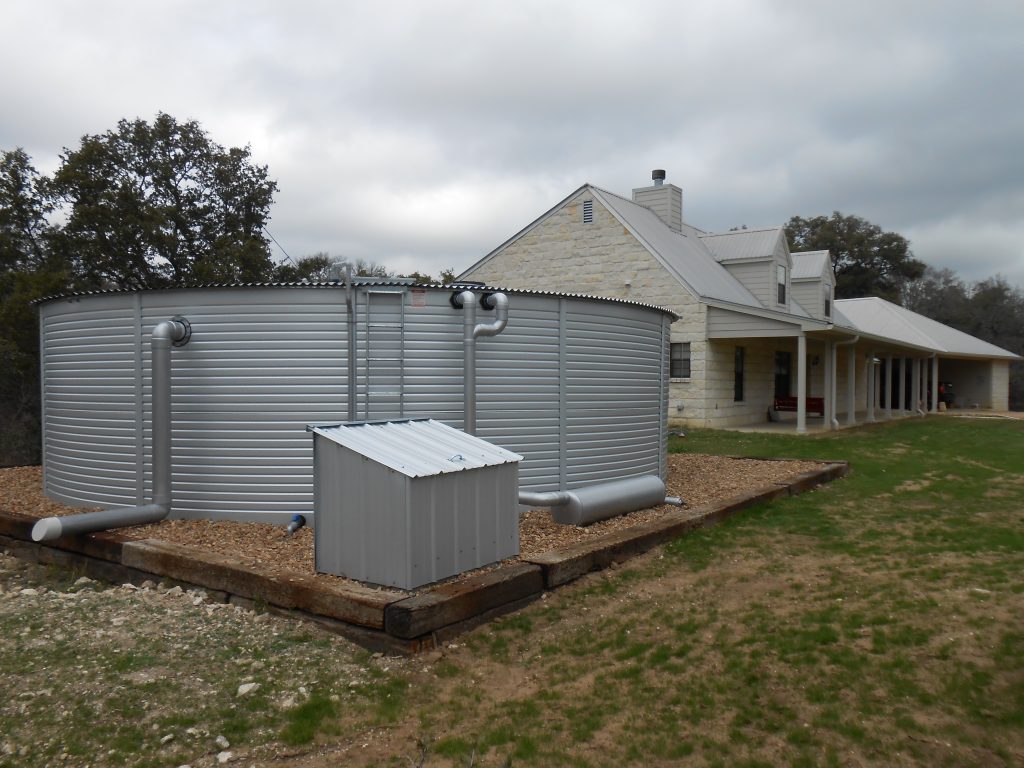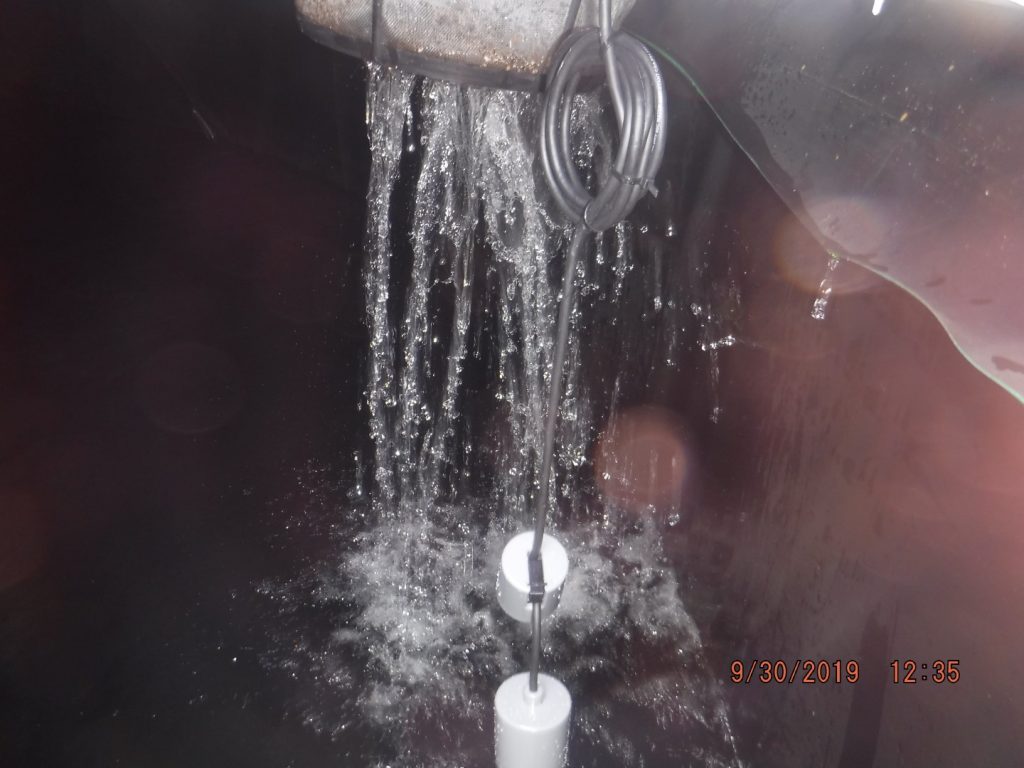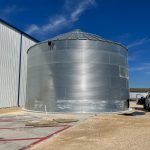For those looking to reduce their usage of municipal water, or provide valuable water where the resources are lacking, rainwater harvesting stands out as a beacon of hope. Communities are offered a way to harness nature’s bounty for their water needs or goals. Yet, as with any system reliant on natural resources, rainwater harvesting must contend with the ebb and flow of seasonal rainfall patterns. Understanding and addressing the implications of these variations is paramount to ensuring the resilience and effectiveness of rainwater harvesting systems year-round.
Rainfall patterns fluctuate throughout the year, presenting both challenges and opportunities for rainwater harvesting. During wet seasons, the bounty of rainwater is abundant, providing ample opportunity for collection and storage. However, dry seasons bring scarcity, testing the reliability of rainwater harvesting systems and highlighting the need for adaptive strategies.
To navigate the seasonal rollercoaster of rainfall, several key strategies come into play:
Adequate Storage Capacity
Ensuring that rainwater harvesting systems boast sufficient storage capacity is fundamental. Larger tanks or reservoirs can store surplus rainwater during wet periods, serving as a vital buffer during drier spells. If one has the space for a larger system, this is recommended to ensure that all the available rainfall can be collected during high rain events.

Water Conservation Measures
Conservation becomes paramount during dry seasons. Implementing water-saving practices, such as optimizing irrigation schedules and utilizing water-efficient fixtures, helps stretch harvested rainwater supplies further. Though collected rainwater is immune to local water restrictions, it is wise to remain aware of them and budget use accordingly.
Simple things such as turning off faucets while brushing teeth, or covering ones pool during off seasons can be implemented as ways to conserve.
Our monthly newsletter highlights water conservation tips each month.
Supplemental Water Source
Diversifying water sources by integrating supplementary options like municipal water or recycled greywater systems adds a layer of resilience to rainwater harvesting systems, particularly during extended dry periods. Many systems can be equipped with an “auto fill” that connects to the city or municipal water source and serves to fill a tank once the water levels fall to a certain point. This is a convenient tool that ensures water is always in the tank.

Drought Preparedness and Contingency Planning
Proactive planning is key. Monitoring weather forecasts and rainfall patterns enables early detection of drought conditions, allowing for the implementation of contingency measures such as water rationing and emergency conservation protocols.

Seasonal Maintenance and System Monitoring
Regular upkeep ensures rainwater harvesting systems remain in optimal condition year-round. Periodic inspections of gutters, downspouts, and storage tanks, coupled with water level monitoring, help identify and address issues promptly. We have created an informative blog post that highlights the required maintenance needed for a rainwater harvesting system.
Educational Outreach and Community Engagement
Empowering communities with knowledge about seasonal variations in rainfall fosters a culture of water stewardship. Through educational initiatives and community engagement, residents can actively participate in efforts to conserve water and enhance the resilience of rainwater harvesting systems.
As we navigate the dynamic landscape of seasonal variations, resilience emerges as the cornerstone of effective rainwater harvesting. By embracing adaptive strategies, fostering community engagement, and prioritizing proactive maintenance, rainwater harvesting systems can weather the highs and lows of seasonal rainfall patterns with confidence. Together, we can harness the power of nature’s gift, ensuring a sustainable water future for generations to come.





